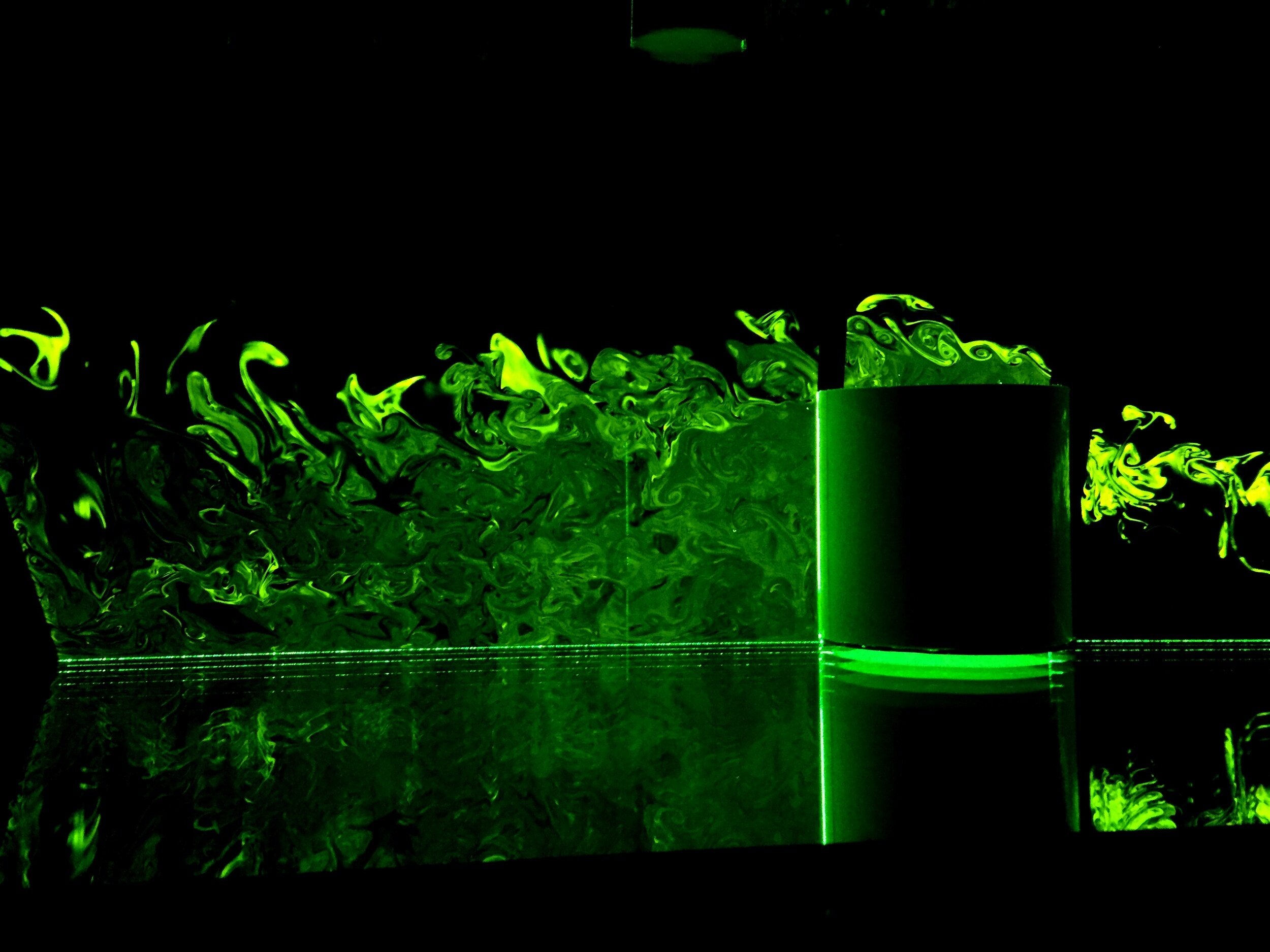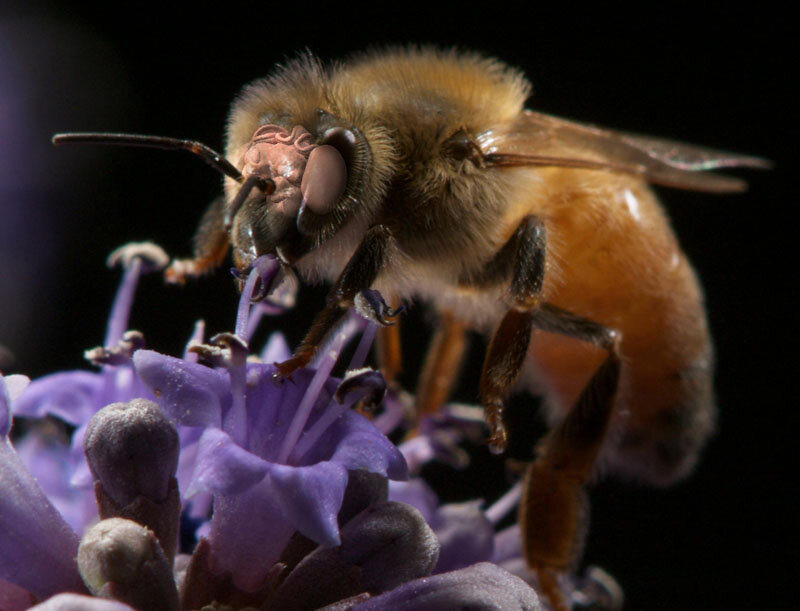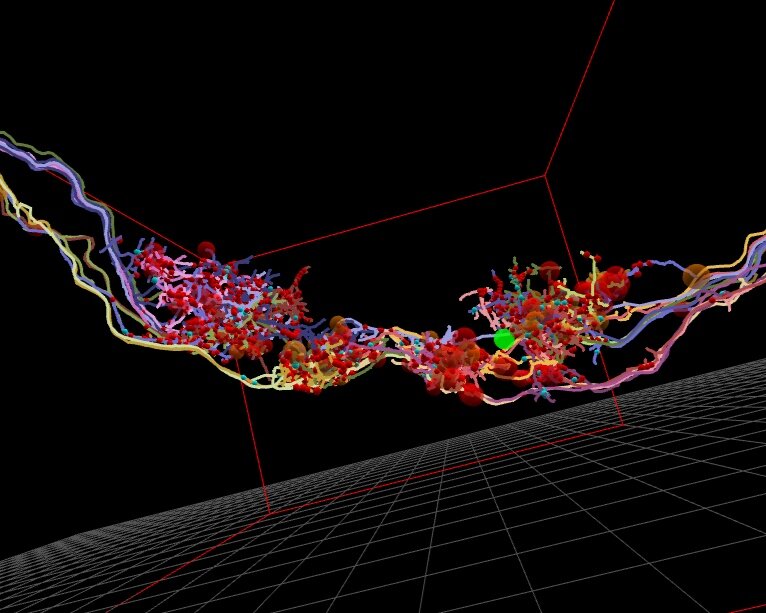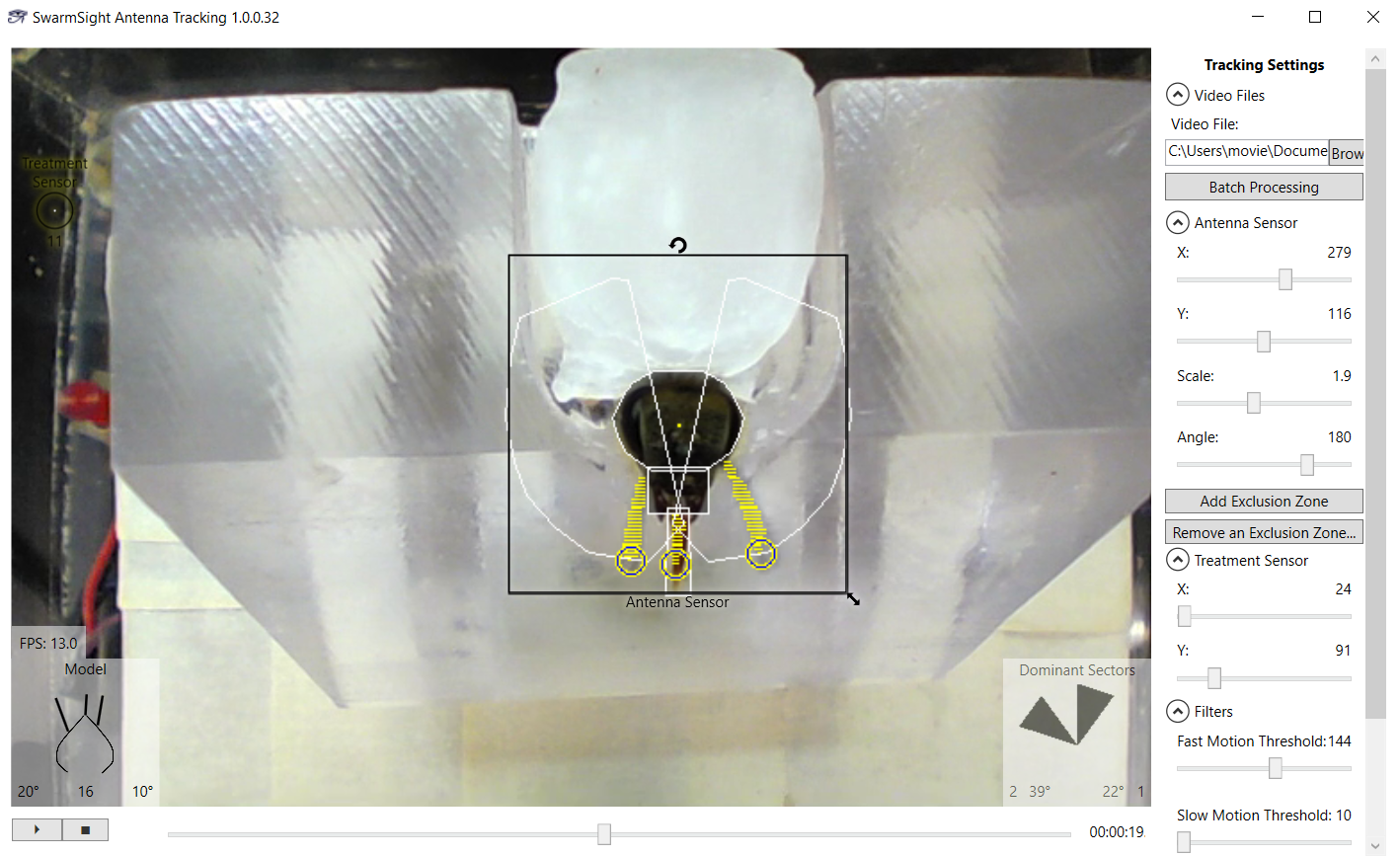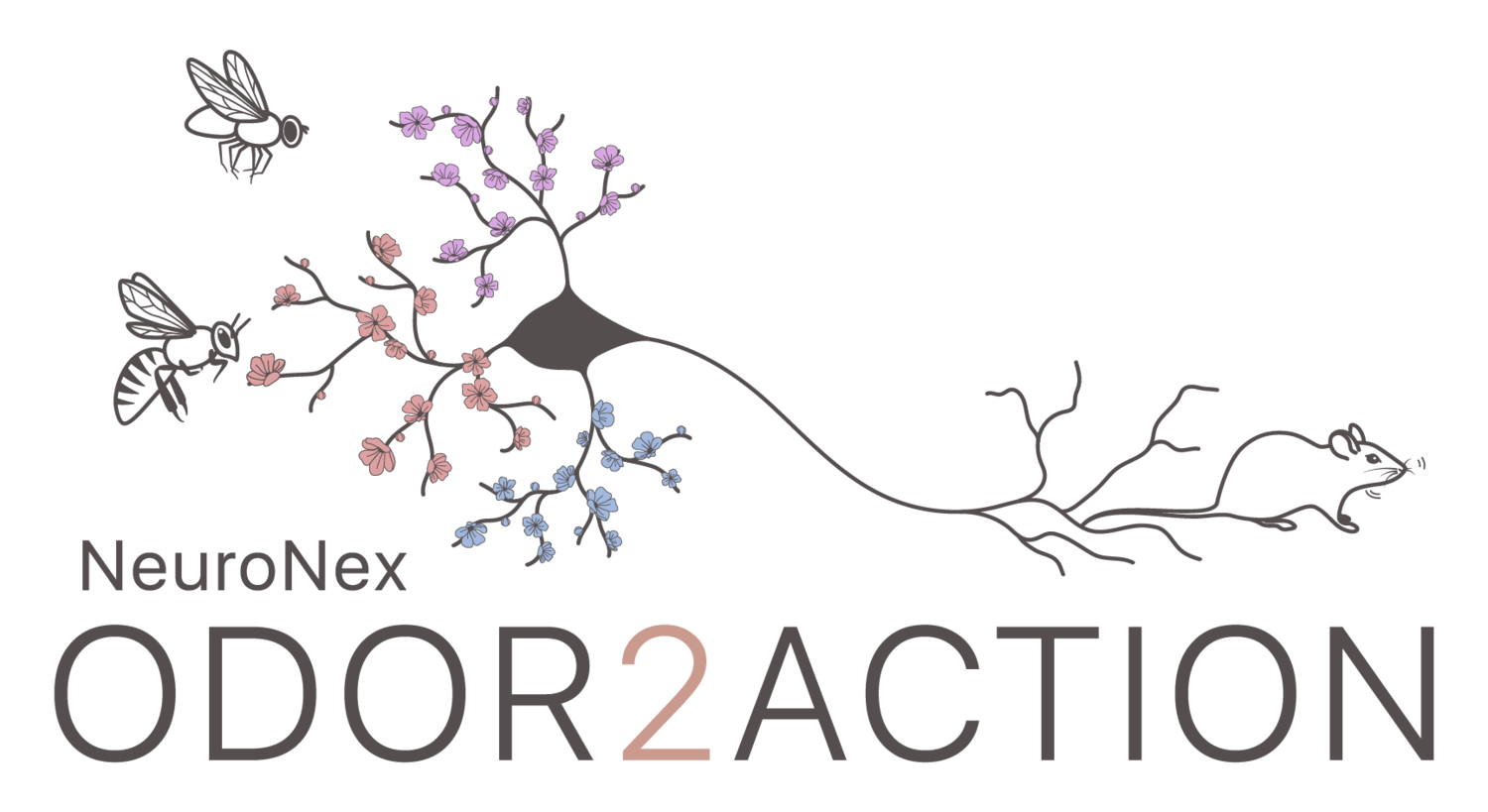Context
Animals use odor cues to navigate through their environments, helping them locate targets and assess danger. Much of how animal brains organize, read out, and respond to odor stimuli across spatial and temporal scales is not well understood.
Research
To tackle these questions, Odor2Action uses a highly interdisciplinary team science approach. Our work uses fruit fly, honeybee, and mouse models to determine how neural representations of odor are generated, reformatted, and translated to generate useful behaviors that guide how animals interact with their environment.
Interdisciplinary Research Groups
The network is organized into three synergistic interdisciplinary research groups (IRGs) that are designed around specific elements of an end-to-end investigation of olfaction. Each IRG integrates theory and experimental approaches in ways that produce complementary interactions across levels of biological analysis.
